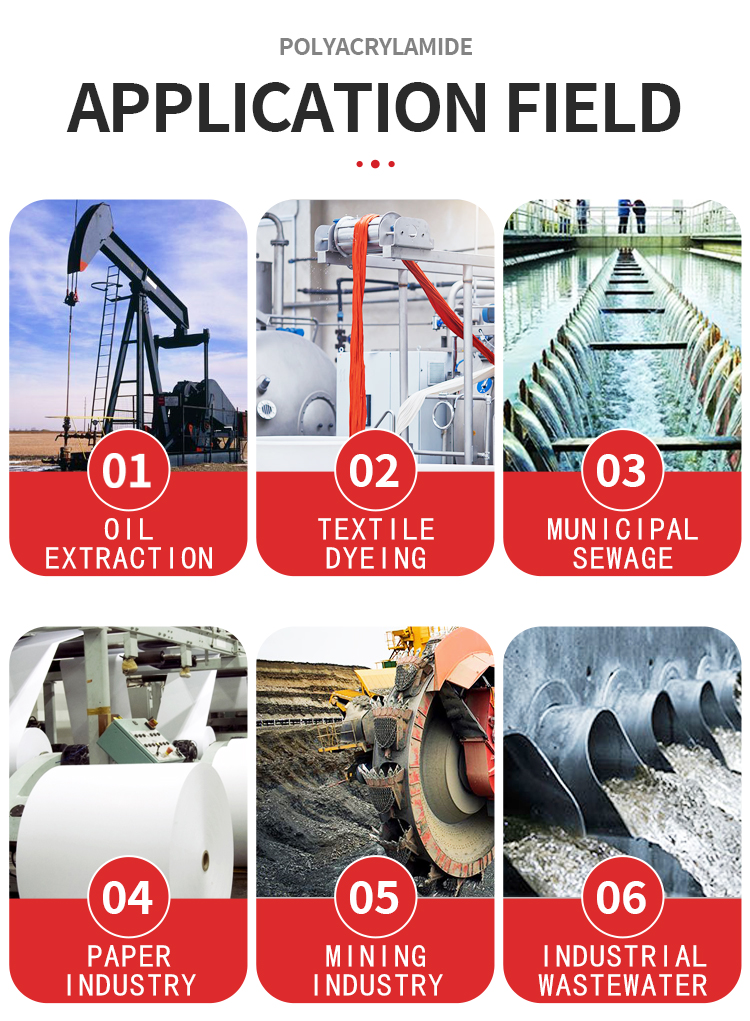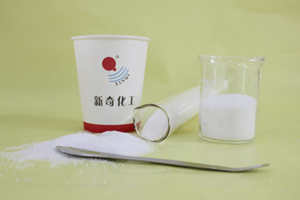Coagulants and flocculants for algae removal
Adding aluminum sulfate as a coagulant can remove turbidity and algae at the same time. When the number of algae in the effluent is less than 1000/mL, the amount of coagulant required is much greater than the amount required when the turbidity is less than 3 NTU. The reason is that clay colloids can be completely destabilized when the ζ potential = -5 mV, while algae can only be destabilized when the ζ potential = 0. If polyacrylamide or cationic coagulant is added at the same time, the amount of aluminum sulfate can be reduced.
When using coagulation to remove algae, the agent should be selected according to the type of algae. When removing diatoms, aluminum sulfate can be added alone. For example, the amount of aluminum added by Panyu Shawan Water Plant during the high reproduction period of diatoms increased from the usual 1.2 mg/L to 3.0 mg/L, which can reduce the turbidity of the effluent from the sedimentation tank to 1-2 NTU to reduce the number of algae entering the filter tank. Removal of green algae generally requires pre-oxidation. The removal rate is about 95% to 98% when pre-chlorination is applied, and the average removal rate is 85% without pre-chlorination (if pre-chlorination is considered to produce trihalomethanes, other oxidants can also be used). Blue and green algae produce odors and even contain toxins. They secrete mucus, causing post-flocculation in the water distribution network. This secretion may be converted into trihalomethane matrix. Therefore, it is a difficult algae to remove in water treatment. It is also the main algae growing in most eutrophic water bodies. It is extremely sensitive to the adjustment of coagulant dosage.
In addition, the organic matter produced by algae metabolism also affects flocculation and filtration. The reason is that the acidic substances in the organic matter react with the hydrolysis products of the coagulant (iron salt or aluminum salt), and the generated surface complexes adhere to the surface of the floc particles, hindering the collision of the particles. Therefore, the dosage of coagulant must be increased to compensate for the effects of the formation of surface complexes on particle destabilization and flocculation.


